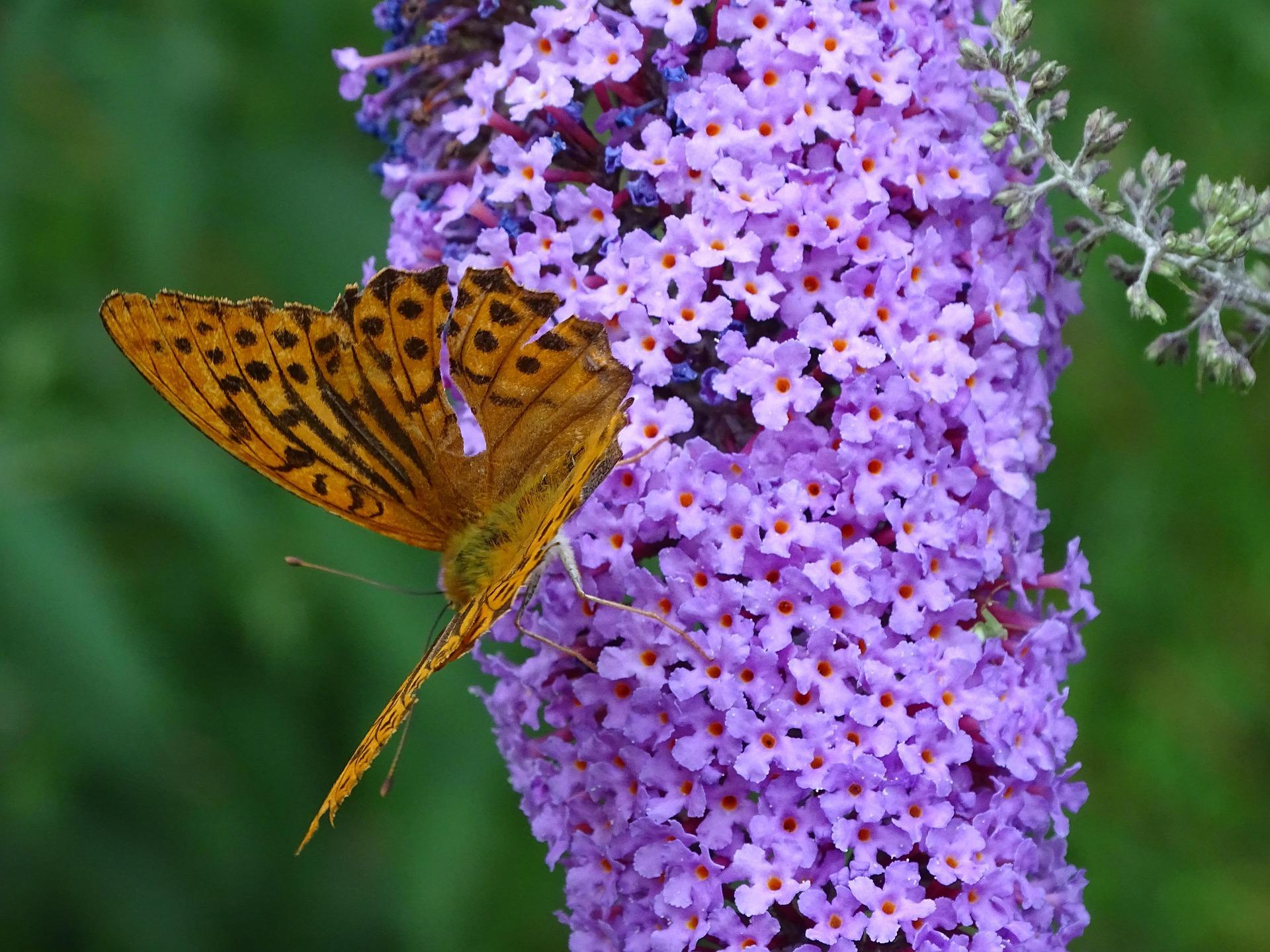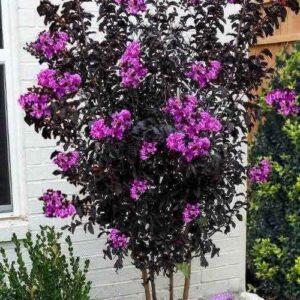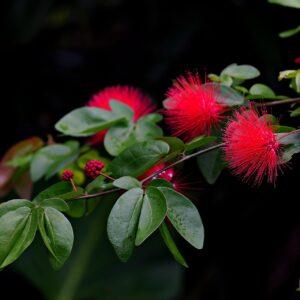Buddleia Butterfly Bush – The Butterfly Magnet
The Buddleia (also spelled Buddleja), famously known as the Butterfly Bush, is a deciduous flowering shrub that lives up to its name by attracting butterflies, bees, and hummingbirds in great numbers. Native to Asia, Africa, and the Americas, this plant is prized for its conical flower spikes, fast growth, and sweet fragrance.
Its colorful blossoms—ranging from purple, pink, white, yellow, blue, and red—appear from summer through early autumn, making it a staple in pollinator-friendly and low-maintenance gardens.
🌿 General Description
Botanical name: Buddleja davidii (most common species)
Common names: Butterfly Bush, Summer Lilac
Plant type: Deciduous shrub or woody perennial
Height: 4–12 feet (1.2–3.6 meters), depending on variety and pruning
Spread: 3–8 feet (0.9–2.4 meters)
Foliage: Narrow, lance-shaped gray-green leaves
Flowers: Long spikes of small tubular flowers in various colors
Blooming season: Late spring to early autumn (May to September)
☀️ Light and Temperature Requirements
Sunlight:
Requires full sun (at least 6–8 hours of direct light daily)
In partial shade, flowering is significantly reduced
Temperature:
Thrives in temperate to warm climates
USDA Zones 5–10 (varies by species)
Hardy down to -20°C (-4°F) in many varieties
In tropical zones, may need partial afternoon shade
🌞 The more sun it receives, the more abundant and vibrant the blooms.
💧 Watering Routine
Buddleia is fairly drought-tolerant once established but performs best with moderate watering.
Young plants (first growing season):
Water 2–3 times per week to establish strong roots
Established plants:
Water once a week during dry periods
In rainy seasons, avoid overwatering
🚫 Overwatering can lead to root rot, especially in clay soils.
💡 Tip: Allow the top 1–2 inches of soil to dry between waterings.
🌱 Soil and Fertilizer Needs
Soil:
Prefers well-drained, slightly alkaline to neutral soil
Tolerates poor, sandy, or rocky soils well
Avoid soggy or heavy clay soils unless amended
Fertilizer:
Not a heavy feeder
Use a balanced fertilizer (10-10-10) in early spring
Optional second feeding in mid-summer to boost flowering
Too much fertilizer can lead to excess foliage and fewer flowers
🌿 Compost or aged manure can be added annually in spring to enrich the soil organically.
✂️ Pruning and Maintenance
Regular pruning is essential for Buddleia’s health and bloom performance.
When to prune:
Late winter to early spring (before new growth)
How to prune:
Cut back hard—up to 1 foot above the ground
Remove:
Old, woody stems
Weak or dead branches
Spent flower spikes during bloom season (deadheading)
🧤 Gloves are recommended when pruning—some varieties may have irritating sap.
✂️ Benefits of pruning:
Promotes dense growth
Increases flower production
Maintains compact shape
🌿 Propagation Methods
Cuttings (most reliable method):
Take softwood cuttings in spring or semi-hardwood cuttings in late summer
Dip in rooting hormone
Plant in moist, well-draining soil or perlite
Rooting occurs in 2–4 weeks
Seeds:
Sow seeds in early spring indoors or directly outdoors
Stratification may improve germination
🌱 Buddleia may self-seed prolifically in some areas.
🐛 Pests and Problems
Generally pest-resistant but occasionally affected by:
Aphids
Spider mites
Whiteflies
Leaf spot in humid conditions
🛡️ Treat minor infestations with neem oil or insecticidal soap.
Ensure good airflow and avoid wetting leaves during watering.
⚠️ Invasiveness Note
In some regions (like the U.S. Pacific Northwest), Buddleia is considered invasive because of its aggressive self-seeding. Many modern cultivars are sterile or low-seed-producing—check local regulations and choose non-invasive varieties like:
Buddleia ‘Miss Molly’
Buddleia ‘Lo & Behold’ series
Buddleia ‘Blue Chip’
🌸 Garden Uses
Pollinator gardens
Borders and hedges
Cottage-style gardens
Containers (compact cultivars)
Pairs well with salvia, lavender, coneflowers, and ornamental grasses.
✅ Conclusion
Buddleia (Butterfly Bush) is an easy-to-grow, pollinator-attracting, and long-blooming shrub that brings vibrant color and life to your garden. With proper pruning, full sun, and minimal watering, it thrives even in poor soils, making it an excellent choice for low-maintenance yet high-impact garden design.”




Reviews
There are no reviews yet.